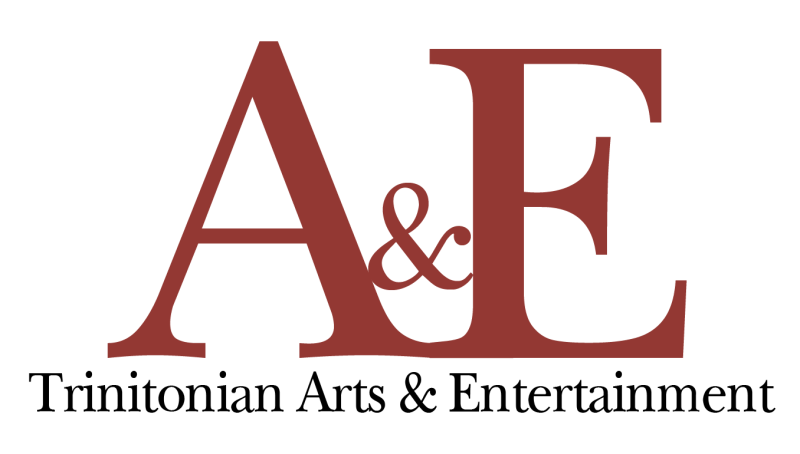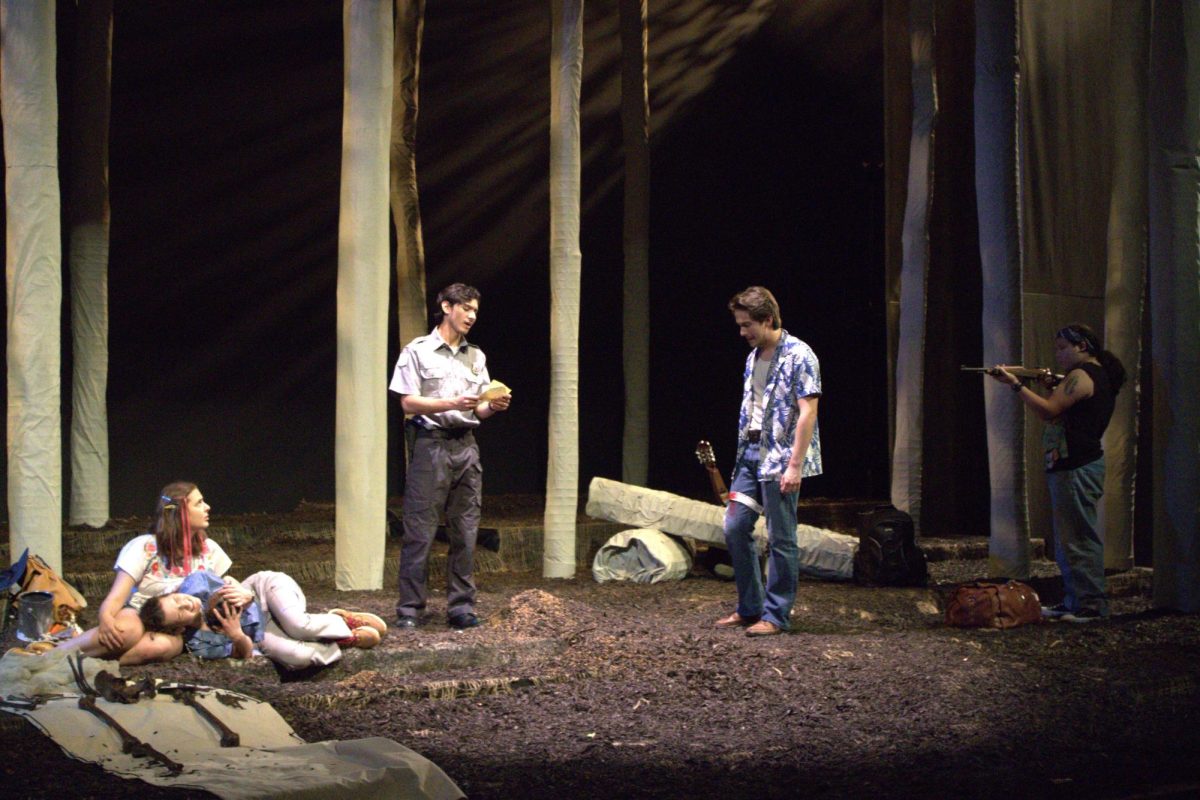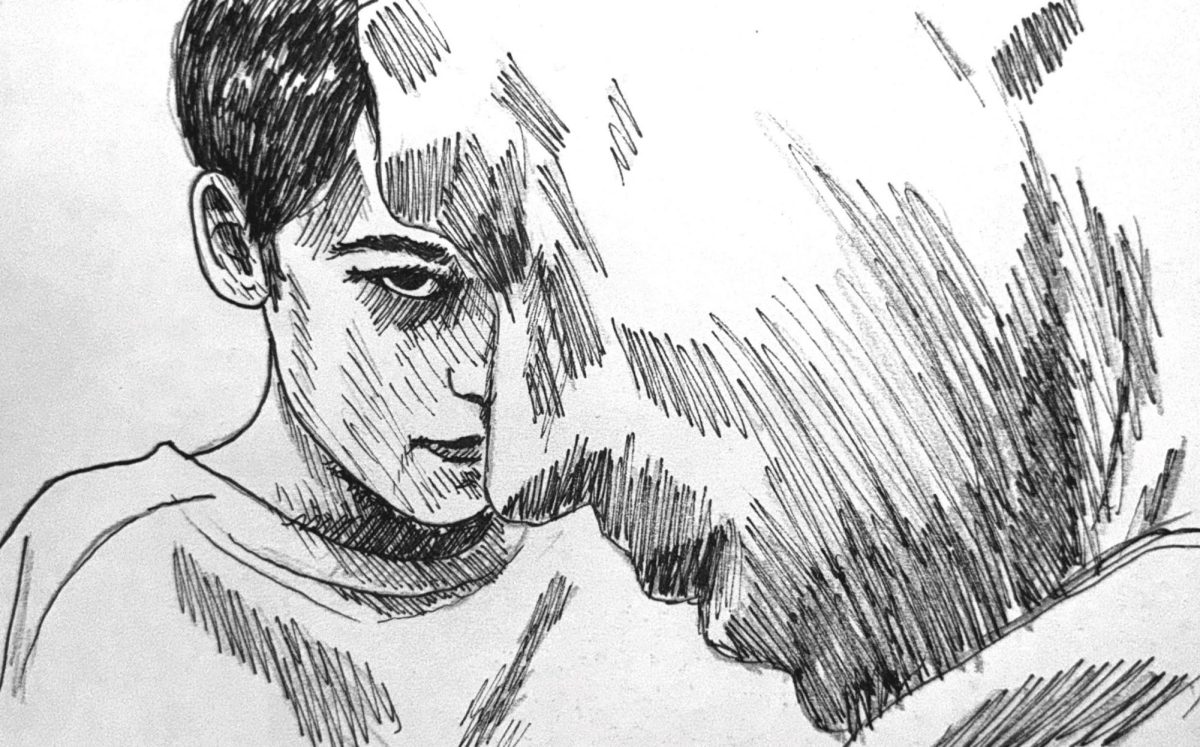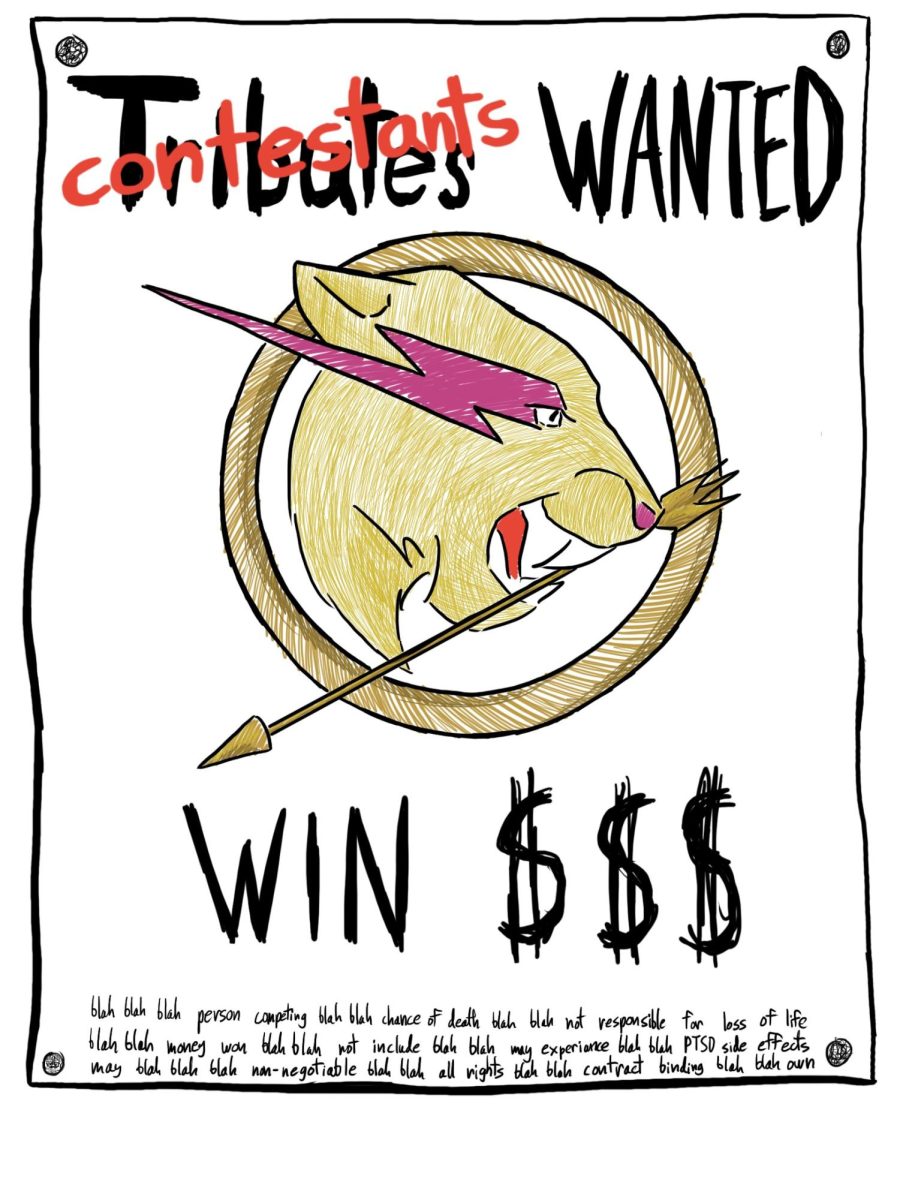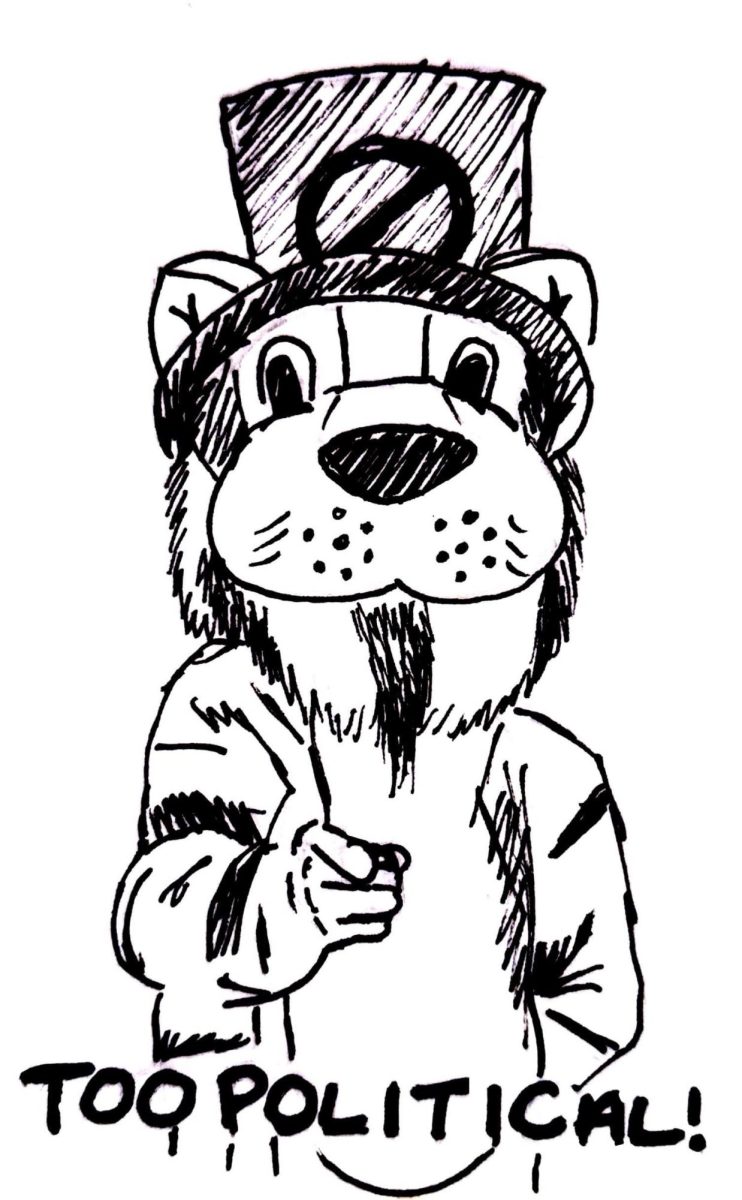There is a unique connection and power that is derived from spoken word, the human voice and the information transmitted through the intimacy of sound. The voice has always been a vehicle for intimate human communication ““ historically through storytelling as a way to hold onto the past, or more recently our information transmission radio stations. In our modern technologically centered world, it is no shock that radio is shifting from broadcast to on demand, much like video and music before it. However, does this really suggest an eminent demise for public radio?
In 2010, NPR’s CEO at the time, Vivian Schiller predicted: “Radio towers are going away within ten years.” As we approach 2017, I see nothing to suggest the veracity of this statement. Radio continues to be a useful, not to mention a profitable, technology. For example, for the minimal cost of annual electricity, Power 106 in Southern California can reach 15 million people. There are no incremental or accrued costs ““ when someone chooses to tune in to the station, there is not an additional charge for the station. This is not the case for the Worldwide Web. Each time you view a streaming radio channel or download a podcast, someone has to pay to send all of those snip bits of data. The more people who tune in to a streaming broadcast, the larger the server must be.
The very nature of podcasts and radio suggest they may not be in opposition at all. Where radio is a passive medium in which pressing the button is your only ability to turn it on and off, podcasts require you to “opt-in” and actively search for your own niche media, download it and listen to it. Radio shows curate collective content for the consumer, whether it be a sportscast or sequenced music. Correspondents tune in to their preferred station and allow their medium to take them on a unique ride of discovery.
Podcasts, in contrast, attract a more engaged audience that typically has the goal of obtaining knowledge on a particular subject or genre. The audience finds and chooses a specific podcast to meet their needs. The intent seems to be different. Similarly, radio maintains a steady stream of content while flowing, for the most part, in real time. You either catch the media in progress, or it is on its way to Never-Never land. Podcast audio is available on demand, always waiting for you when you are ready to learn about the latest way to stuff your Thanksgiving turkey. Although it may seem that on-demand is becoming more and more sustainable as our society evolves, there is something undeniably organic about radio broadcasting and the people who keep the practice alive.
Just like word processors and computers did not make the pencil obsolete, I believe there is immense hope for radio even as podcasts become more popular. Audio content, specifically traditional radio or podcasting, is more than just different distribution technologies. Although they may share some DNA, they are two different media, each with their own purpose and role to play in the public mediascape. Even in a world of hyper connection and an on-demand lifestyle, radio will likely hold a unique space in our media landscape for years to come.

